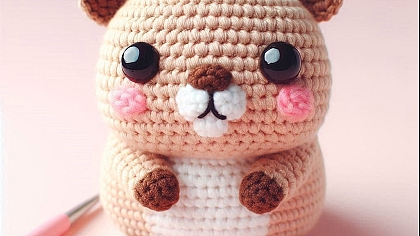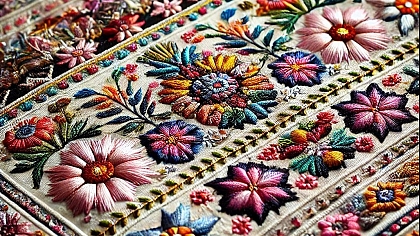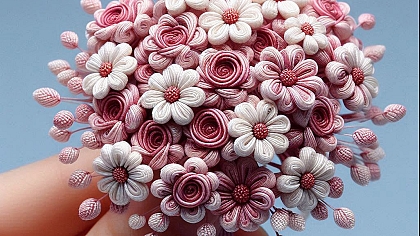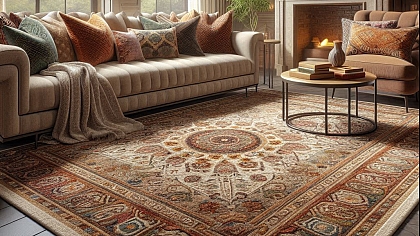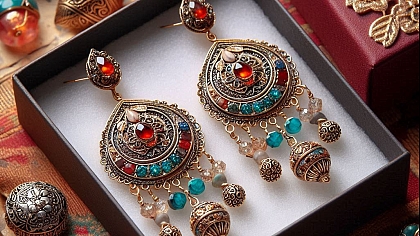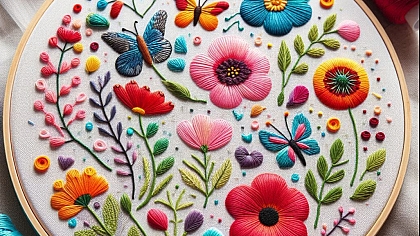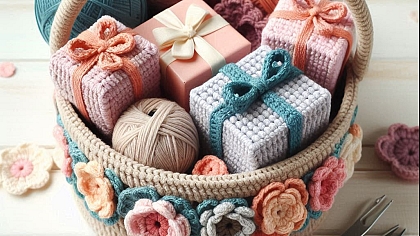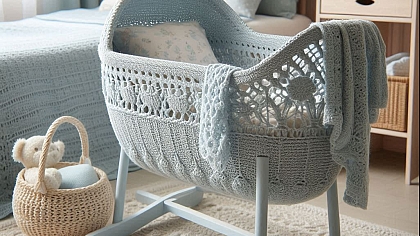
Tips and Tricks for Sewing with Delicate Fabrics
Sewing with delicate fabrics can feel like walking a tightrope. The thrill of creating something beautiful from a fragile material is matched only by the challenge of handling it without causing snags or tears. Whether you're working with silk, chiffon, or lace, delicate fabrics require a special touch and an understanding of their unique needs. In this comprehensive guide, we delve into the intricacies of sewing with these precious materials, offering detailed insights and practical tips to help you achieve flawless results.
Understanding Delicate Fabrics
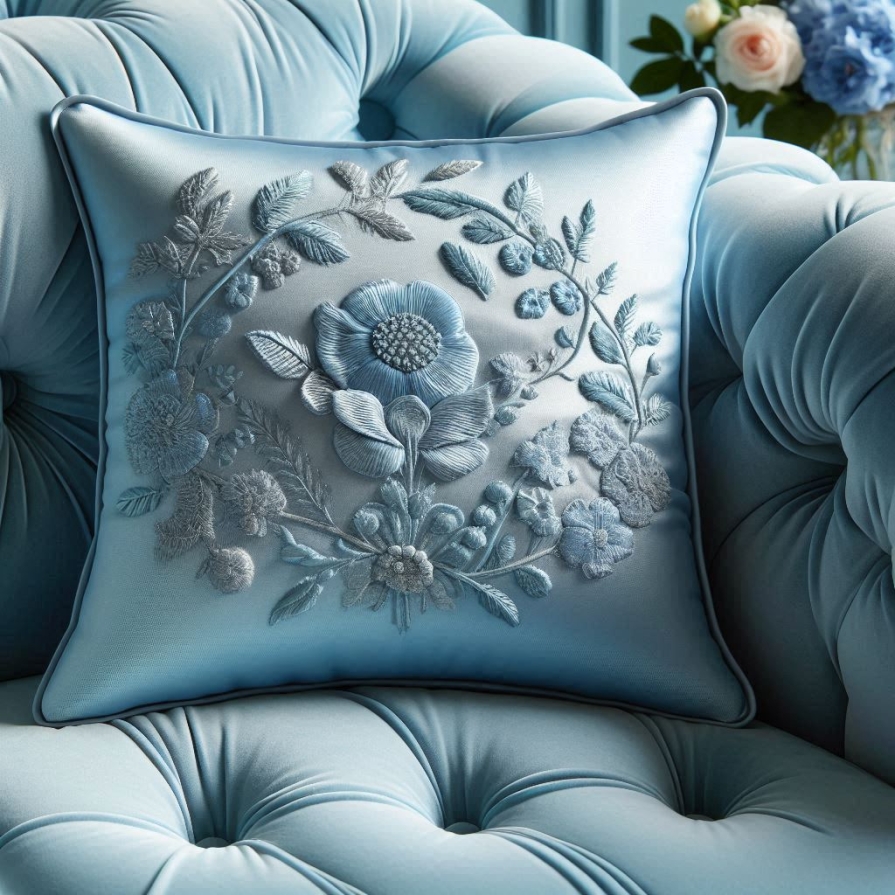
Delicate fabrics are characterized by their lightweight nature and often intricate weaves or finishes. Common examples include silk, chiffon, lace, tulle, and organza. Each of these fabrics has its own set of quirks and requirements, which makes understanding them crucial before you begin sewing. Silk, for instance, is prized for its luxurious sheen and smooth texture but can be slippery and prone to fraying. Chiffon is airy and sheer, ideal for creating flowing garments, yet it can be challenging to handle due to its tendency to shift under the needle. Lace, with its intricate patterns and open weave, requires careful handling to avoid distortion. Organza, with its crisp and structured feel, needs precision to maintain its shape without becoming too stiff.
Preparing Your Workspace
Creating a successful sewing experience with delicate fabrics starts long before you place the fabric under the needle. The preparation of your workspace is crucial. Begin by ensuring that your sewing area is clean and free from dust and lint. Delicate fabrics can easily attract and trap these particles, which might affect the final appearance of your garment.
Consider using a pressing cloth when handling delicate fabrics. This piece of fabric, typically made from cotton or muslin, acts as a barrier between your fabric and the iron, preventing direct contact that could damage the delicate fibers. Additionally, investing in a cutting mat and rotary cutter can help in making precise cuts without dragging or pulling on the fabric.
Choosing the Right Needle and Thread
The choice of needle and thread can make a significant difference when sewing delicate fabrics. For most delicate fabrics, a fine, sharp needle is essential. Needles labeled as “Microtex” or “Universal” with a smaller size, such as 60/8 or 70/10, are ideal. These needles have a slender shaft and a sharp point that easily pierces through delicate fibers without causing snags.
Thread choice is equally important. Opt for a fine, high-quality thread that complements your fabric. Cotton or polyester threads are good choices, but ensure they are fine enough to match the delicacy of the fabric. Avoid using heavy threads or those that could cause tension or damage to the fabric.
Using Stabilizers and Interfacing
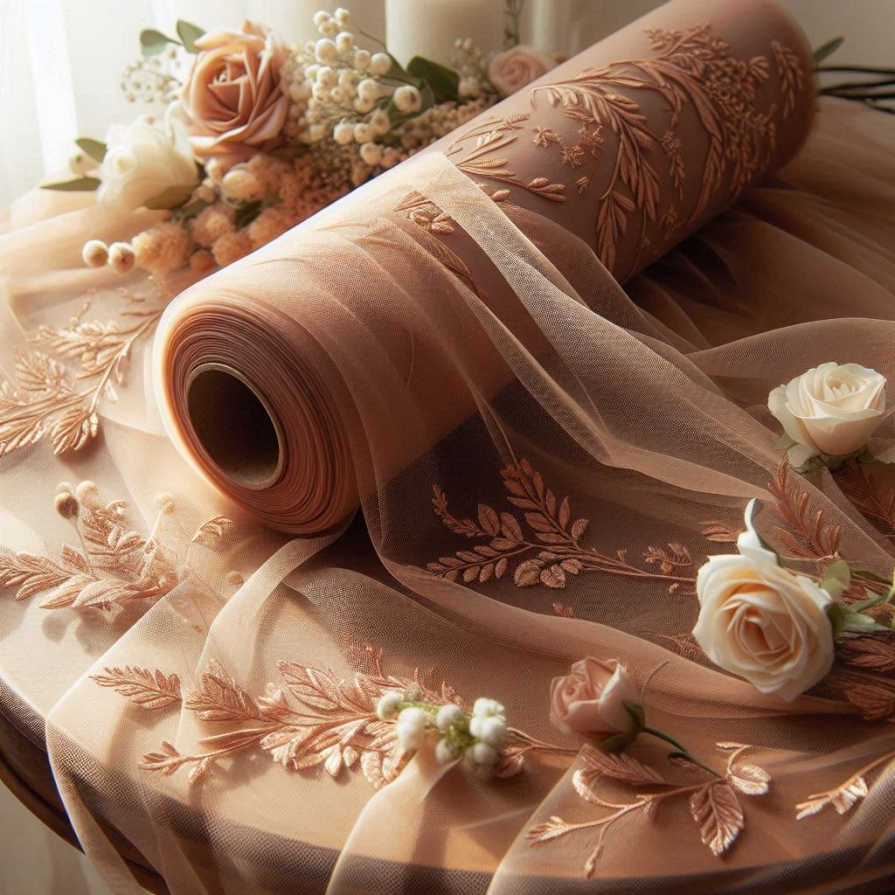
When working with delicate fabrics, stabilizers and interfacing are invaluable tools. These materials provide support and prevent stretching or distortion during sewing. For delicate fabrics like chiffon or organza, consider using a lightweight tear-away stabilizer. This stabilizer provides temporary support while you sew and can be easily removed once the garment is complete.
Interfacing is another option that adds structure and stability to specific areas of your garment, such as collars, cuffs, or waistbands. Choose a lightweight, fusible interfacing that adheres gently to your fabric without adding unnecessary bulk. Be sure to test the interfacing on a scrap piece of fabric to ensure compatibility and to avoid any unexpected reactions.
Cutting and Pinning Techniques
Cutting delicate fabrics requires a steady hand and precise tools. Always use sharp fabric scissors or a rotary cutter to make clean, even cuts. Before cutting, lay out your fabric on a smooth, flat surface. For fabrics that tend to shift, such as silk or chiffon, consider using fabric weights instead of pins to hold the fabric in place. Pins can create unsightly holes or marks on delicate fabrics.
When you must use pins, opt for fine, sharp pins and place them at the edges of your pattern pieces, away from crucial seams. Alternatively, use fabric glue or temporary adhesive spray to hold the fabric together without causing damage.
Sewing Techniques for Delicate Fabrics
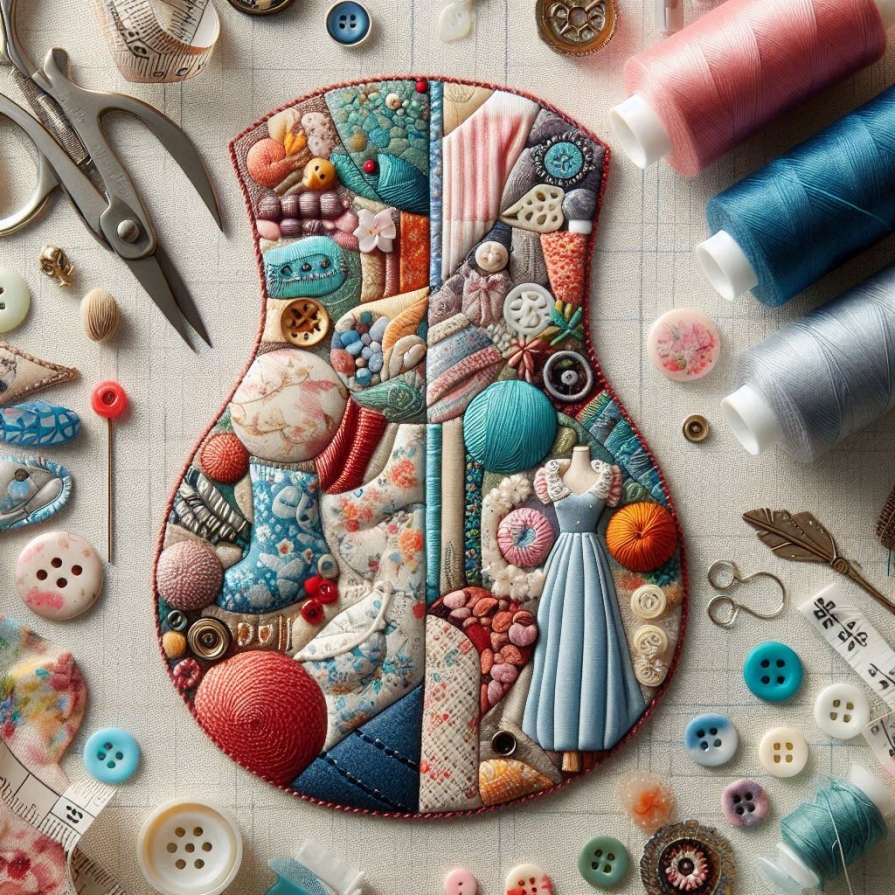
Sewing delicate fabrics requires a gentle touch and attention to detail. Begin by setting your sewing machine to a lower stitch length to avoid large, loose stitches that could cause puckering. Use a straight stitch or a narrow zigzag stitch, depending on the fabric and the desired outcome. Always test your stitches on a scrap piece of the same fabric to ensure they do not cause any unwanted damage.
When sewing seams, consider using a French seam or a flat-felled seam. French seams enclose the raw edges of the fabric, providing a neat finish and preventing fraying. Flat-felled seams, on the other hand, offer added strength and durability while maintaining a clean appearance.
Pressing and Finishing
Proper pressing is crucial when working with delicate fabrics. Always use a pressing cloth to avoid direct contact with the fabric, and set your iron to a low heat setting suitable for the fabric type. Press gently, avoiding dragging the iron across the fabric, which can cause stretching or distortion.
For fabrics like silk and satin, consider using a steam iron with a gentle steam setting. For more structured fabrics, like organza, use a dry iron to maintain the crispness without over-softening the material. When finishing seams, trim excess threads carefully to avoid creating any frayed edges.
Handling Special Features
Delicate fabrics often feature special elements such as embellishments, ruffles, or pleats that require extra care. When working with lace or embroidered fabrics, handle them carefully to avoid pulling or distorting the design. When adding ruffles or pleats, use a basting stitch to temporarily hold them in place before final sewing. This technique helps ensure even distribution and prevents shifting during the final sewing process.
If your project includes beadwork or sequins, be cautious to avoid sewing over these embellishments with your machine needle. Instead, sew around them, and use hand stitching if necessary to secure them in place without risking damage to the fabric.
Troubleshooting Common Issues
Even with careful preparation and techniques, issues can arise when working with delicate fabrics. One common problem is puckering, which occurs when the fabric gathers or wrinkles unevenly. To prevent puckering, ensure that your fabric is properly supported with stabilizers and that your sewing machine tension is correctly adjusted.
Another issue is fabric shifting, which can lead to uneven seams or misaligned pieces. To address this, use a walking foot attachment on your sewing machine, which helps feed the fabric evenly through the machine. Additionally, sewing with a slower, more controlled pace can help prevent shifting and ensure precise results.
Caring for Your Finished Garment
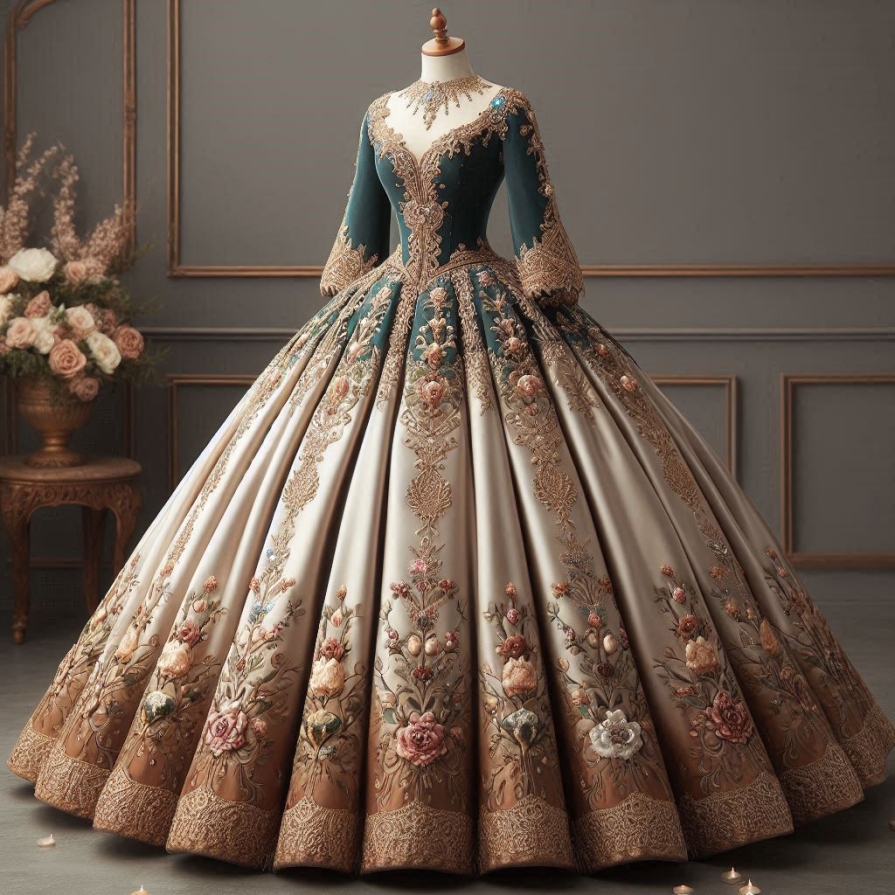
Once your garment is complete, proper care is essential to maintain its beauty and longevity. Follow the care instructions specific to the fabric type, which can typically be found on the fabric’s bolt or in the pattern instructions. For most delicate fabrics, gentle hand washing or dry cleaning is recommended to avoid damage.
When storing your finished garment, keep it in a cool, dry place away from direct sunlight. Consider using garment bags or acid-free tissue paper to protect the fabric from dust and potential damage. If the garment requires pressing, always use a pressing cloth and a low heat setting to prevent any adverse effects.
Sewing with delicate fabrics demands a blend of patience, skill, and attention to detail. By understanding the unique characteristics of these materials and applying the right techniques, you can create stunning garments that showcase the beauty and elegance of delicate fabrics. From preparing your workspace to choosing the right tools and techniques, each step plays a vital role in achieving a flawless finish.
Remember that practice and experimentation are key. The more you work with delicate fabrics, the more comfortable and confident you will become. Embrace the challenges and enjoy the process of creating beautiful, intricate pieces that highlight the unique qualities of these cherished materials. With the right approach, sewing with delicate fabrics can be an incredibly rewarding and fulfilling experience, resulting in garments that are as timeless as the fabrics themselves.

